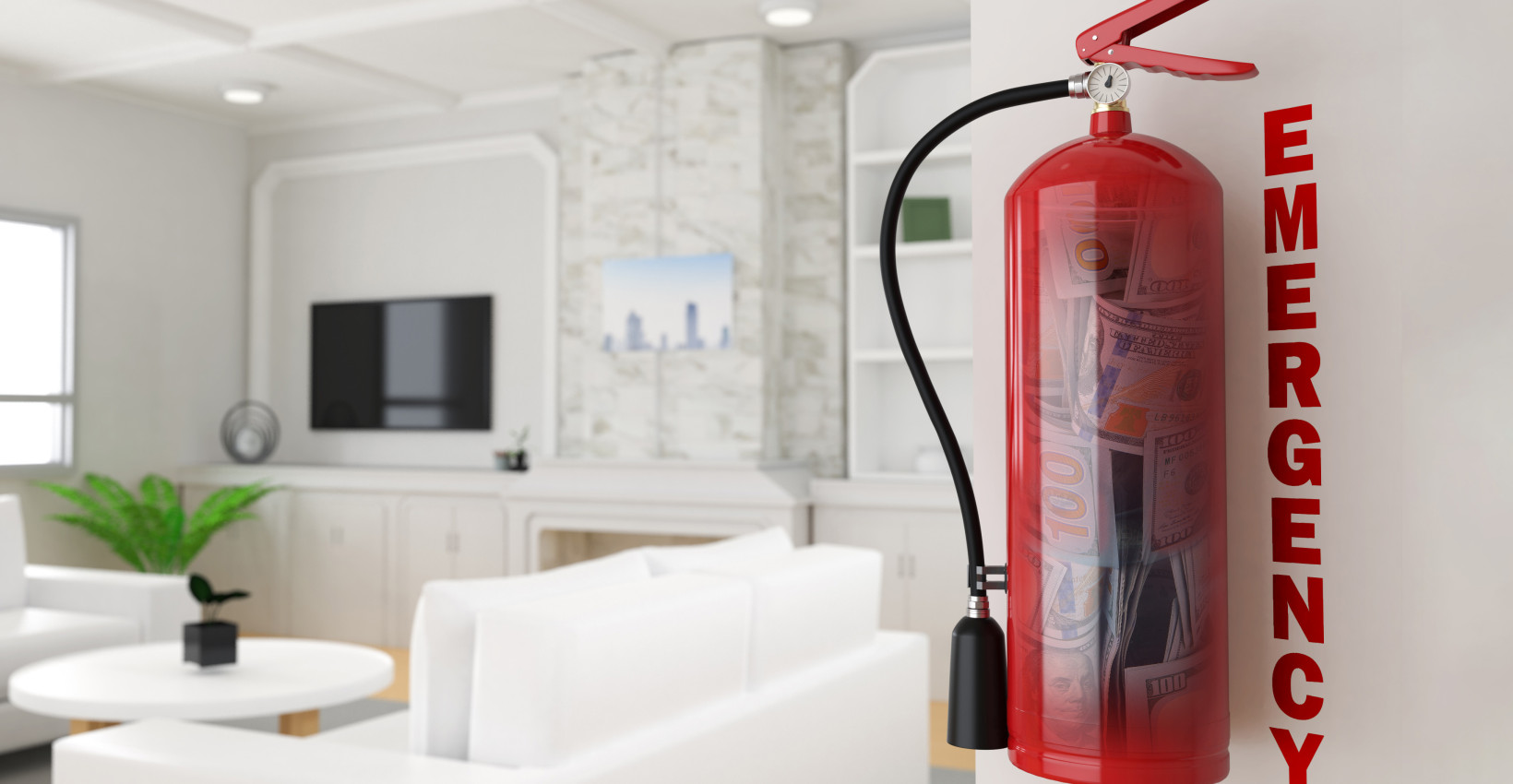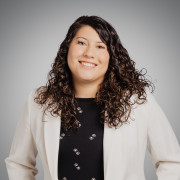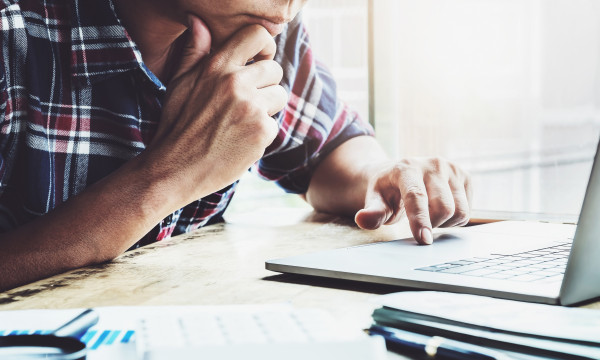Are you financially prepared for an emergency?

When you think “savings account,” what comes to mind first? Maybe it’s a down payment for a new home, or maybe you’re planning a big vacation. But before you can start saving for big future purchases, you need to make sure you’re prepared for the unexpected with an emergency savings account.
What is emergency savings and how much do I need?
Did you know that 40% of Americans could not cover a $400 emergency today? Creating an emergency savings fund to help you cover the cost of co-pays, deductibles, or small emergencies will ensure you’re not stuck in a situation where you have to borrow money or put it on your credit card should the need arise. Generally speaking, you need between $500-$1,000 at a minimum in your emergency fund — though many financial advisors recommend you save an amount that’s equal to 3-6 months of your income in case of an unexpected job loss, medical emergency, or other catastrophe.
Knowing your deductibles can help guide you in how much you need to set aside to start with. In an insurance policy, the deductible is the amount paid out of pocket by the policy holder before an insurance provider will pay any expenses. With car insurance, for example, the higher your deductible is, the lower your monthly payment will be — but that means you’ll need to be prepared to pay that amount in the event of an accident. So if you have a $1,000 deductible, that should be your emergency savings goal.
Take the first step
Saving $1,000 may seem like a lot, but every penny counts. If you save $20 a week, you’ll reach your $1,000 goal in a year. You can get there even faster if you put aside money you get as a bonus or an annual tax refund. Use our emergency savings calculator to help you decide how much you want to set aside for your emergency savings.
Once you’ve reached your emergency savings goal, it’s important that you don’t spend this money or account for it in your budget. Keep it somewhere safe but accessible, such as in a separate bank account. Only use this money for an emergency, and if you have to use it, save it again.
Get a head start
If you have both checking and savings accounts with UBT, one of the easiest ways to get a jump start on your savings is to enroll in our RoundUp program. With RoundUp, you can choose to round your debit purchases up to the nearest dollar, then the difference is deposited into your savings account each day. It’s an easy, automatic way to start building on your savings just by using your checking account.
Get help from a friendly expert
Need help choosing the checking account that suits you best? We have an article for that. Ready to get started? We can do that here. You can open an account online in about five minutes — less time than it takes to figure out what to eat for dinner!
If you’d prefer to talk with one of our friendly bankers, feel free to call 402.323.1777, start a chat, or visit the UBT branch nearest you. We look forward to helping you!
Looking for more information about building your safety net? Check out our Emergency Funds resource center.
Learning Center articles, guides, blogs, podcasts, and videos are for informational purposes only and are not an advertisement for a product or service. The accuracy and completeness is not guaranteed and does not constitute legal or tax advice. Please consult with your own tax, legal, and financial advisors.





